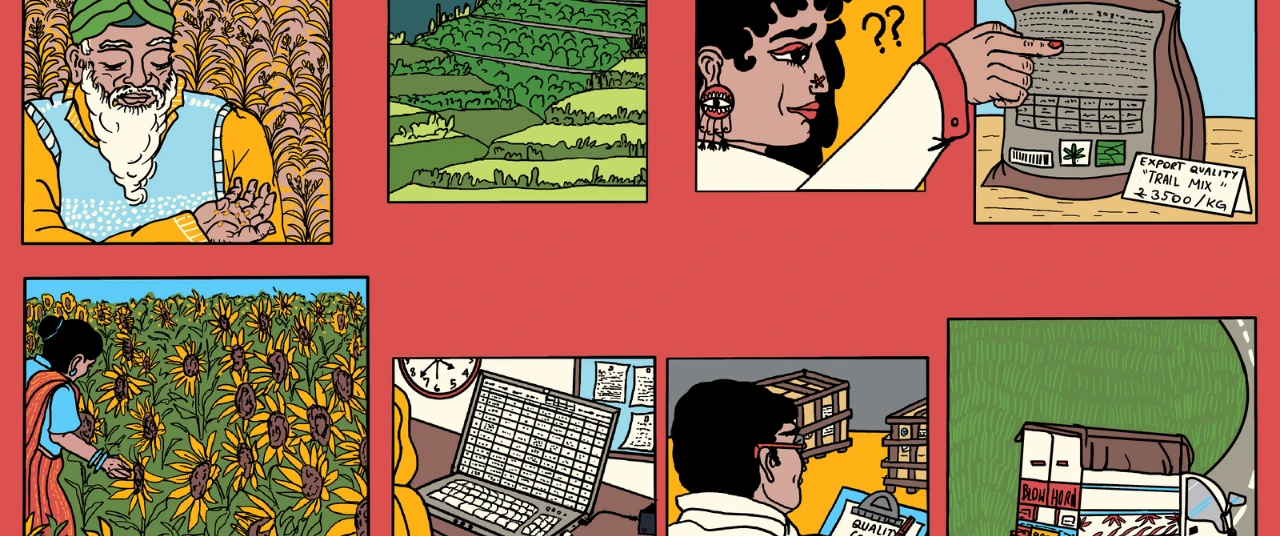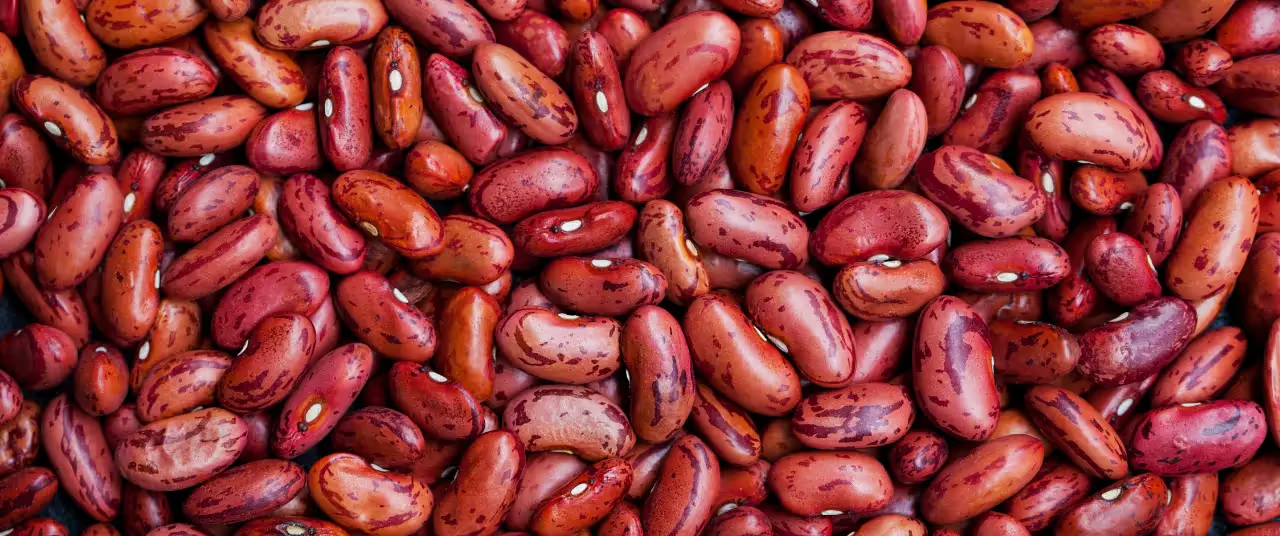This versatile flower is changing drinks, dishes, and desserts






As I watched the jasmine flowers in full bloom in my mother-in-law’s garden in Pune, the sweet smell wafted into my senses subtly with the pre-monsoon breeze, and I couldn’t help but think of the calming effect this was having on me.
Jasmine flowers are beloved across India, especially in South India, where they are a staple hair accessory for women. Known as Mallipoo in Tamil, Mallige in Kannada, and Malle Puvvu in Telugu, jasmine holds a special place in wedding and festival decorations, is considered sacred and offered to gods, and is used to produce essential oil, much of which is exported from India. Jasmine plants are easy to grow in pots and thrive in sunlight, making them a common sight in gardens worldwide.
Jasmine's appeal goes beyond decoration and perfume; these fragrant blooms are now appearing on our plates. Every part of the jasmine plant is edible and features in recipes across the globe.
Refreshing traditions
During the last monsoon, I was introduced to a mogra sharbat at a friend’s house, made from steeping mogra flowers in sugar syrup. “My mother disliked Coca-Cola and other aerated drinks so much that when we were kids she made it a point to give us only fresh sharbats which she prepared at home. She made mogra, badam, and rose sharbat amongst others,” says Aruna Katara from Pune. “What started off as a way for my mother to share her love for cooking with our family, has turned into a tradition that my sister-in-law Ritu Chhabria, is keeping alive even today, years after my mother’s passing.”
Every year, the family sends out hundreds of bottles of mogra sharbat to friends and family.

Mixology
Journalist Vikram Doctor says, “Gin, lime, jasmine syrup and soda make for a great cocktail. There’s an excellent book Madurai Malligai, by Dr Uma Kannan, about the cultivation and use of jasmine in Tamil Nadu, and that gives a good recipe for jasmine syrup.”
Buland Shukla, the founder of For the Record bar in Goa steam distils Jasmine and Plumeria for a cocktail named ‘Hydroball’. He prefers steam distilling to boiling as the latter brings out hints of off flavours. “There's still some amount of reflux that happens, even if it is steam and not hydro distillation. But by taking conservative cuts, we can get a really good quality distillate that is both sweet and earthy.”
It is said that scented jasmines, picked early in the day, make the best syrup.
.avif)
Global influence
One of the most common uses for jasmine flowers is in tea. Jasmine tea is made by boiling fresh or dried flowers in water for a minute and then letting it steep for five minutes. Many chefs use jasmine decoction and flowers in drinks, mostly cocktails, while some use the flowers as a garnish. Being edible, they are often pressed into cookies or cakes. Just a few flowers can make an entire dish fragrant; for instance, six jasmine flowers can aromatize a whole pot of rice. Renowned chef Sanjeev Kapoor shares a recipe for very fragrant jasmine rice, and there are popular versions of fried rice using fresh flowers in the East.
Jasmine tea can subtly enhance various foods during cooking. While jasmine has a sweet aroma, it also has a slightly bitter taste. In China, jasmine flower buds are used in dishes like fried eggs. Mogra flowers are loved for their strong aroma in everything from vodka infusions to salad dressings. Nazish Arif, a food technologist from Karachi, Pakistan is so partial to jasmine flowers that she has dedicated an entire blog to Chameli, the local name for the flowers.
In her book Royal Cuisines of India, travel writer Dharmendar Kanwar features an old recipe that uses a kilo of jasmine stalks. Given that various parts of this plant are edible, I’m sure it finds use in various regional recipes. One that I did come across was the Mogra Panache Virshe, a soup made using the leaves of the jasmine plant.
Blooming desserts
.avif)
Given their sweet smell and taste, I would think the flowers themselves are only used in sweeter foods. They are used in a variety of global desserts - from British shortbread cookies to French palmiers. Popular Mumbai restaurant, The Table, incorporates Mogra flowers into a dessert. Their chef Will Aghajanian says, “A flower vendor on the streets of Colaba trying to sell a mogra gajra (a jasmine hand bracelet or hair accessory) was the inspiration behind incorporating the fragrant mogra flower in The Table's dessert menu. We make a jasmine and jaggery syrup to season the cream with, as well as infuse the cream with more jasmine flowers overnight.” The Gavti Lab, a Goa-based gelato brand, has a jasmine and coconut crumble. Although I’m yet to try it, I hear it’s a hot favourite.
My mother disliked Coca-Cola and other aerated drinks so much that when we were kids, she made it a point to give us only fresh sharbats which she prepared at home. She made mogra, badam, and rose sharbat amongst others.
There’s definitely a renewed interest in cooking with flowers in recent times and as chefs and food scientists experiment more with offbeat ingredients, I’m sure mogra’s unique flavour and aroma will be used to elevate a larger variety of dishes.
.webp)
Explore other topics
References
- MMP Cineplex. (n.d.). Leadership team. Retrieved July 12, 2024, from https://www.mmpc.in/leadership/
- Kapoor, S. Jasmine rice recipe. Sanjeev Kapoor's Khana Khazana. https://www.sanjeevkapoor.com/Recipe/Jasmine-Rice-KhaanaKhazana.html#google_vignette
- Chameli Flower. Home. https://chameliflower.com/










